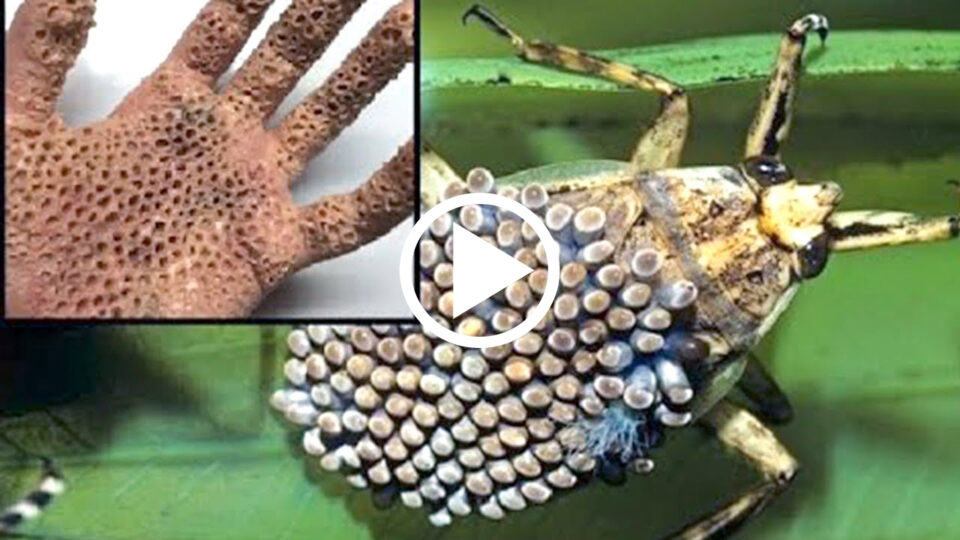No one likes the idea of an insect, a creepy critter or a flying hornet stinging him or her.
It’s not a pleasant experience and sometimes it can even be dangerous, possibly life threatening.
Some stings are more powerful than others. It’s time to get your bee-suit on and join us as we countdown 15 most painful animal stings you can experience.
Watch our “15 Weird Animals That Give You Chills “video here: people, they find the Arizona bark scorpion in western Mexico, the Baja Peninsula, and in the southwestern United States.
These small scorpions are not typically aggressive, but their sting can be fatal.
The bark scorpion’s body has two parts, a cephalothorax and abdomen. The tail is actually a part of the abdomen.
It has five segments each longer than the last; at the tip is the stinger. They have 8 jointed legs and a pair of pedipalps that are used for grasping prey and sensing.
Scorpions have “hairs” on their legs and other body parts sensitive to vibrations in the air.
To avoid the extreme heat of the daytime, they will shelter in the shade and come out at night to hunt for food.
In the winter months they will hibernate, often congregating in sizeable groups.
The bark scorpion can be found in many places because of its ability to climb.
We can find it not only under rocks or in rock crevices, but also in trees or high on rock walls.
They also can be found inside of people’s dwellings trapped in sinks or bathtubs, climbing walls, or in a dark closet.
Scorpions are predators that consume many insects, spiders, centipedes, and even other scorpions.
They are preyed upon by large centipedes, tarantulas, lizards, birds’ owls, and mammals such as bats, shrews, and grasshopper mice.
Bark scorpions will glow a green color under ultraviolet light.
This is the only species of scorpion in Arizona that is truly considered as life threatening.
Japanese Giant Hornet The Japanese kamikazes were crazy war pilots ready to crash into targets to destroy their enemies, losing their lives along the way.
Well, Japanese Giant Hornets are just as nuts as the old war pilots, if not crazier.
If you went around biting people until their organs failed, ripping the heads off people, and dismembering their bodies, then you’d probably end up in jail or death row.
But the Japanese giant hornet gets away with it, and they are definitely a dangerous animal that you’re not going to want to get close to.
They are twice the size of a normal hornet, and probably twice as grumpy, too.
Their venom can be fatal, and they have a long stinger and mandibles that allow them to tear their prey apart – literally.
Sounds like a delightful insect, right? What they do have going for them is that they’re quite pretty.
They have black, yellow, orange, and brown coloring, yellow bands, and dramatic, broad wings.
But their looks won’t win them any kudos with those they’re trying to hunt down. They can fly at speeds of 25 miles per hour, and they are incredibly aggressive.
If you happen to stumble across a Japanese giant hornet nest, then all we can say is stay calm! Running will only cause them to take up chase and attack.
Up to 40 people lose their life to giant hornets every year, with most deaths caused by anaphylactic shock.
However, their venom can also cause death as it can chew through tissue and decimate red blood cells.
Want to avoid being stung? Stay inside. 25 miles per hours is faster than most humans can run, so if you decide to go near a nest, you better make sure you’re wearing a special suit, or that you’re the Flash.


